Lama Yeshe Losal Rinpoche
FINDING PEACE
Meditation and Wisdom for Modern Times

PENGUIN BOOKS
UK | USA | Canada | Ireland | Australia
New Zealand | India | South Africa
Penguin Books is part of the Penguin Random House group of companies whose addresses can be found at global.penguinrandomhouse.com.

First published as Living Dharma by Dzalendara Publishing 2008
First published as Finding Peace with new material by Penguin Life 2021
Copyright Chje Lama Yeshe Losal Rinpoche, 2008, 2014, 2021
The moral right of the author has been asserted
ISBN: 978-0-241-52301-8
This ebook is copyright material and must not be copied, reproduced, transferred, distributed, leased, licensed or publicly performed or used in any way except as specifically permitted in writing by the publishers, as allowed under the terms and conditions under which it was purchased or as strictly permitted by applicable copyright law. Any unauthorized distribution or use of this text may be a direct infringement of the authors and publishers rights and those responsible may be liable in law accordingly.
Namo
I pay homage to the Buddha, Dharma and Sangha, and to my root Guru, His Holiness the 16th Gyalwa Karmapa, Rangjung Rikpe Dorje and his reincarnation, His Holiness the 17th Gyalwa Karmapa, Ogyen Trinley Dorje.
I pray that this humble book of mine will bring great benefit to all beings. It is dedicated to the memory of my brother, Chje Akong Tulku Rinpoche, to whom I owe everything.

Lama Rinpoche on Holy Isle, September 2013

About the Author
Venerable Lama Yeshe Losal Rinpoche is the colourful and charismatic Abbot of Kagyu Samye Ling Monastery and Tibetan Centre in Scotland, Director of the internationally acclaimed Holy Isle Project and the much loved and respected Retreat and Meditation Master for a host of students from around the world. This book, based on transcripts from some of Lama Yeshe Losals teachings, was compiled by a dedicated team of those students, who worked together to share the wisdom and wit of their teacher with a wider audience.
The main body of the book deals with the practical application of Buddhism in ones daily life. In his direct, down-to-earth style, Lama Yeshe Losal both demystifies and illuminates these profound teachings to make them easily understood and accessible to even the most obdurate mind. With his insight, humour and knowledge of a broad spectrum of people from both the East and the West, Lama Yeshe teaches from the Buddhist perspective on life and gives practical advice, with detailed meditation instructions, in a simple but inspiring way. Before embarking on the material that follows, readers may find it of interest to know some of his biographical details in order to get a flavour of this remarkable man and his fascinating life.
Born in 1943 to a farming family in Kham, east Tibet, and named Jamphel Drakpa, or Jamdrak for short, he spent an idyllic early childhood close to nature, helping his family with the yaks and goats and playing in the lush pastures with other village children. This carefree existence came to an abrupt end when young Jamdrak was chosen to join his brother, Chje Akong Tulku Rinpoche, at his monastery of Dolma Lhakang. Akong Tulku Rinpoches birth had been accompanied by many auspicious signs and, although he was only three years older than Jamdrak, he had been recognized as a Tulku, or reincarnate Lama, by the then head of the Kagyu Lineage, His Holiness the 16th Karmapa. At the age of six Akong Tulku had been enthroned as Abbot of Dolma Lhakang monastery, where he began rigorous training in the teachings of Tibetan Buddhism.
It is a Tibetan tradition that if a Tulku is head of a monastery, then one of his brothers is trained to assist him. As many auspicious signs had also occurred when Jamdrak was born and he too had been recognized as a Tulku, although not officially confirmed because of the political situation, he was the obvious choice. At the age of ten Jamdrak left the bosom of his family to join Akong Tulku Rinpoche and begin his formal education at the bleak, remote monastery of Dolma Lhakang.
Jamdrak studied diligently, if reluctantly, under a succession of Lamas, but at the age of fifteen his studies were rudely interrupted when the Chinese invaded Tibet. In 1959 the two young brothers, together with an older brother and several Rinpoches, fled in a party of 300 people. They had been advised of the impending invasion by a very senior Lama and warned to leave because they were in danger of losing their lives. As the Chinese had occupied Lhasa, the party was forced to find an alternative route to India. A perilous journey across the Himalayas took them through frozen wastes, high mountain passes and across raging rivers. Although they were on the point of death, the brothers were among only thirteen people, out of the 300 who had set out, who made it to the Indian border. The rest of their group had either died of starvation, been captured or killed.
Once in the heat and unfamiliar environment of India, many of the recently arrived Tibetan refugees fell sick. Jamdraks oldest brother died of TB and Jamdrak himself caught both TB and smallpox. But after a major operation in which one of his lungs was removed, he recovered well and was able to resume his education. After passing his exams at the Young Lamas Home School, he was chosen to join a group of gifted pupils being groomed for jobs as administrators of the new Tibetan settlements.
Following an audience with His Holiness the Dalai Lama, Jamdrak secured an important and well-paid post as administrator for a large Tibetan settlement in southern India. However, this turned out to be short lived, as a meaningful encounter in New Delhi with His Holiness the 16th Karmapa irrevocably changed the young mans life. Seeing his potential, the Karmapa invited Jamdrak to join him at his monastery in Sikkim. Coming from a family of Kagyu Buddhists, Jamdrak had a great devotion to the Karmapa. He did not hesitate to give up his prestigious job and join the Karmapa at Rumtek Monastery in Sikkim.
As a young lay person with a good education and reasonable English, Jamdrak found himself assisting the Karmapa in a secretarial capacity. He was also in the privileged position of receiving Buddhist teaching from the very highest Lamas. When Freda Bedi, the remarkable English woman who became ordained as a nun and named Sister Palmo, arrived at Rumtek to take teaching from the Karmapa, Jamdrak acted as translator. He was allowed to receive special initiations from the Karmapa with Sister Palmo. Even though Jamdrak was not a monk he was nevertheless given a room alongside the four young regents of the Kagyu Lineage and was allowed to meditate and practise in a room of the temple that held all the precious relics of the Kagyupas. The Karmapa often referred to Jamdrak as his son and treated him in the same way as the high Rinpoches.
Despite his devotion to the Karmapa, Jamdrak did not fully appreciate this precious opportunity and, after coming into contact with some young American Peace Corps volunteers, he became curious about the West. Enlisting the help of his friend Chgyam Trungpa Rinpoche, who, with Jamdraks brother Akong Tulku Rinpoche, had by this time set up Kagyu Samye Ling Monastery and Tibetan Centre in Scotland, Jamdrak managed to cut through the Indian bureaucratic red tape and obtain a passport, visa and plane ticket to Britain in record time.

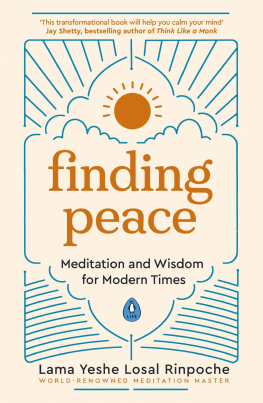
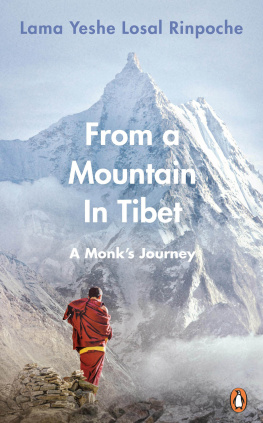
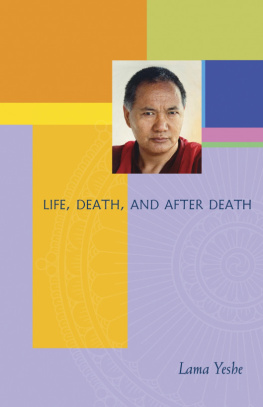

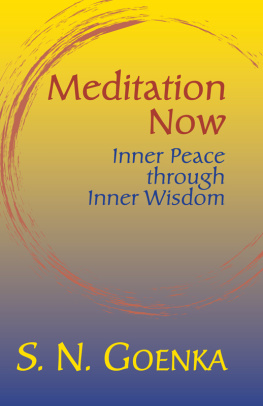


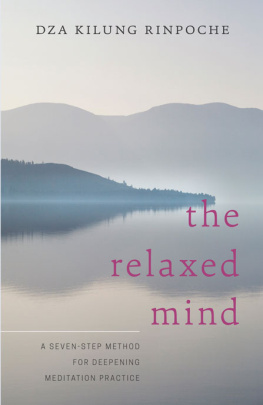
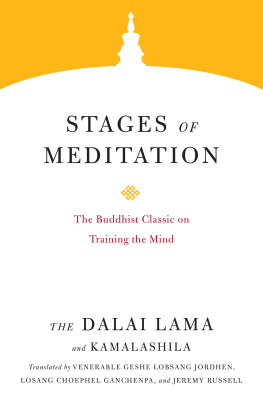
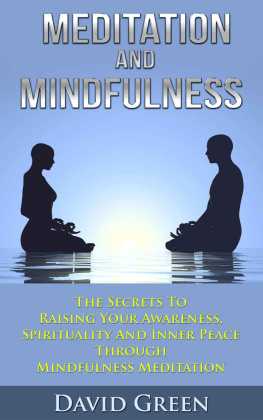
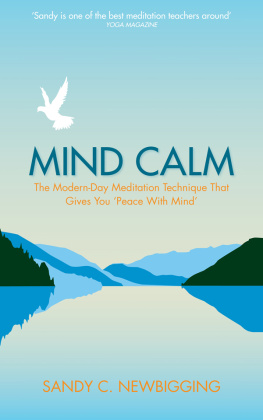


 Lama Rinpoche on Holy Isle, September 2013
Lama Rinpoche on Holy Isle, September 2013